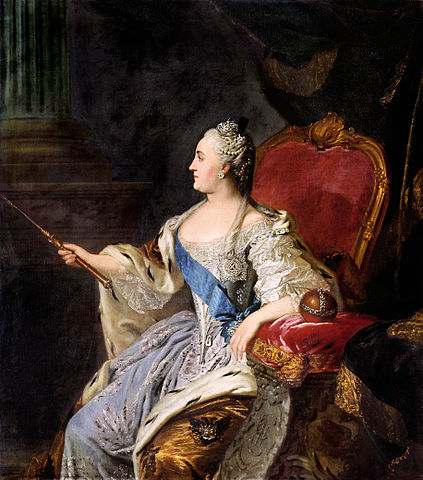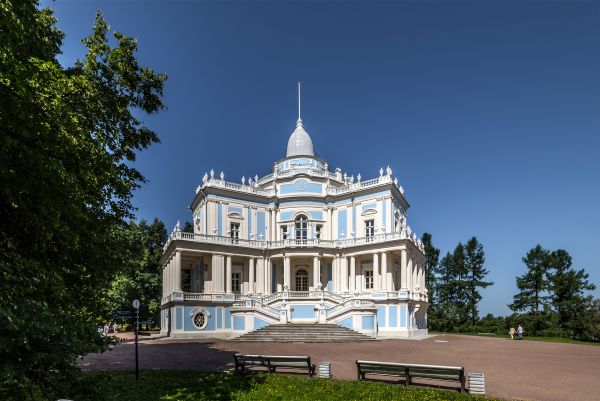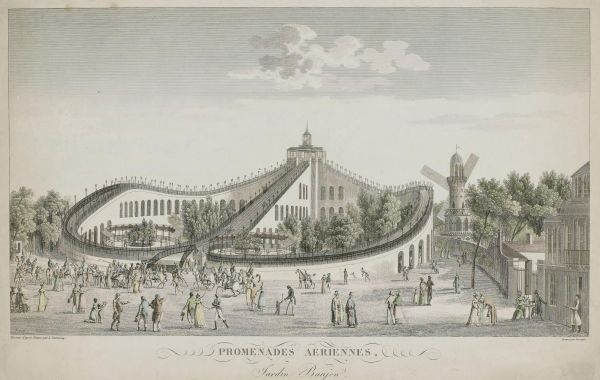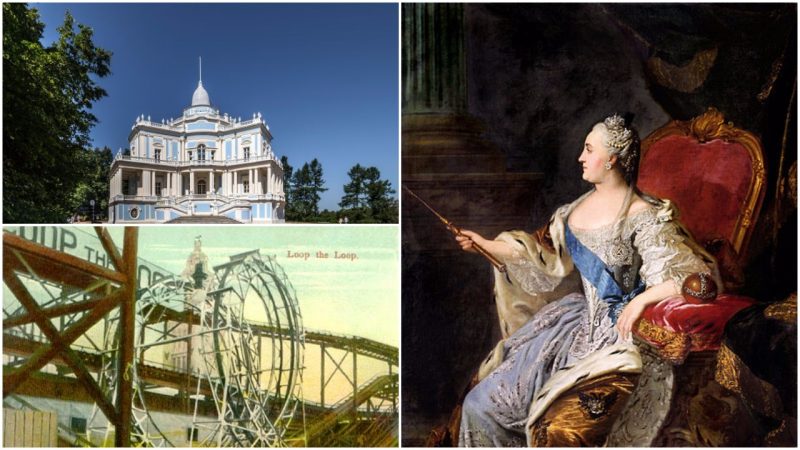The history of the roller coaster goes a long way back in the past. Many theme parks were opened across the States, Europe, and Australia, and rarely who would deem that the very first one came to prominence in Russia. Well, thanks to the snow!
It was during the 17-th and the 18-th century when roller coaster descended from the “Russian mountains”, or winter sled rides that were held on specifically constructed hills of ice which varied in height (from 60 to 80 meters). This tradition started in Saint Petersburg and made the roller coasters popular across Europe later on.
This early form of a roller coaster in Russia was known as Скользящая холм, or “sliding hill”. Most often, the slides had a 50-degree drop and were enhanced by wooden supports.
Roller coasters became popular in Europe thanks to Catherine II (the Great) of Russia

Slowly, the “Russian mountains” became popular among the upper class in Russia. Hence, the first more “modern” roller coaster, where wheeled carts were used instead of tracks, were constructed by orders of the Empress.
Catherine II’s roller coaster was named Katalnaya Gorka and was constructed in her residence in Oranienbaum. Next to the roller coaster she also had a delightful pavilion where guests could take a break after sliding and drink a warm cup of tea.
By the end of the 18-th century, this idea became so popular that innovators all around the Old continent copied and redefined it for different settings. Therefore, the construction of the first wheeled ride followed in the French capital, Paris. It was built in 1804 and known as Les Montagnes Russes, the French term for “Russian Mountains”.

“Russian mountains” has remained a term for roller coasters in many different languages. In Spanish, it’s still “la montaña rusa”, in Portuguese, it’s “montanha-russa”, and in Italian “montagne russe”. Amusingly and pretty ironically, the Russian term for a roller coaster has somehow evolved in “amerikanskie gorki” (American mountains).

The very first roller coasters that were wheeled vehicles on tracks, however, appeared in Paris in the early 19-th century. The coasters were known as Les Montagnes Russes à Belleville (The Russian Mountains of Belleville) and the Promenades Aeriennes in Parc Beaujon (1817). The French version was a step forward and innovation in comparison to the Russian versions of the coaster. Both had their wheeled cars locked on the track for safety and security and were set on guide rails to keep them straight on course. This enabled the carts to take on higher speeds as well.
Then, roller coasters only kept on developing. What followed was the construction of the first permanent loop track, also in Paris, in 1846. It was for a single-person wheeled sled to run through a 4-meters diameter vertical loop, and the design of it was English. These early single loop designs were called Centrifugal Railways.

Read another story from us: This is the oldest amusement park in the world
Last but not least, if it wasn’t for Catherine the Great, who knows when, and whether anyone would popularize as much the idea about roller coasters. This was certainly not the highest achievement of the greatest Russian female leader of all times, but it certainly proved that she knew how to have fun.
